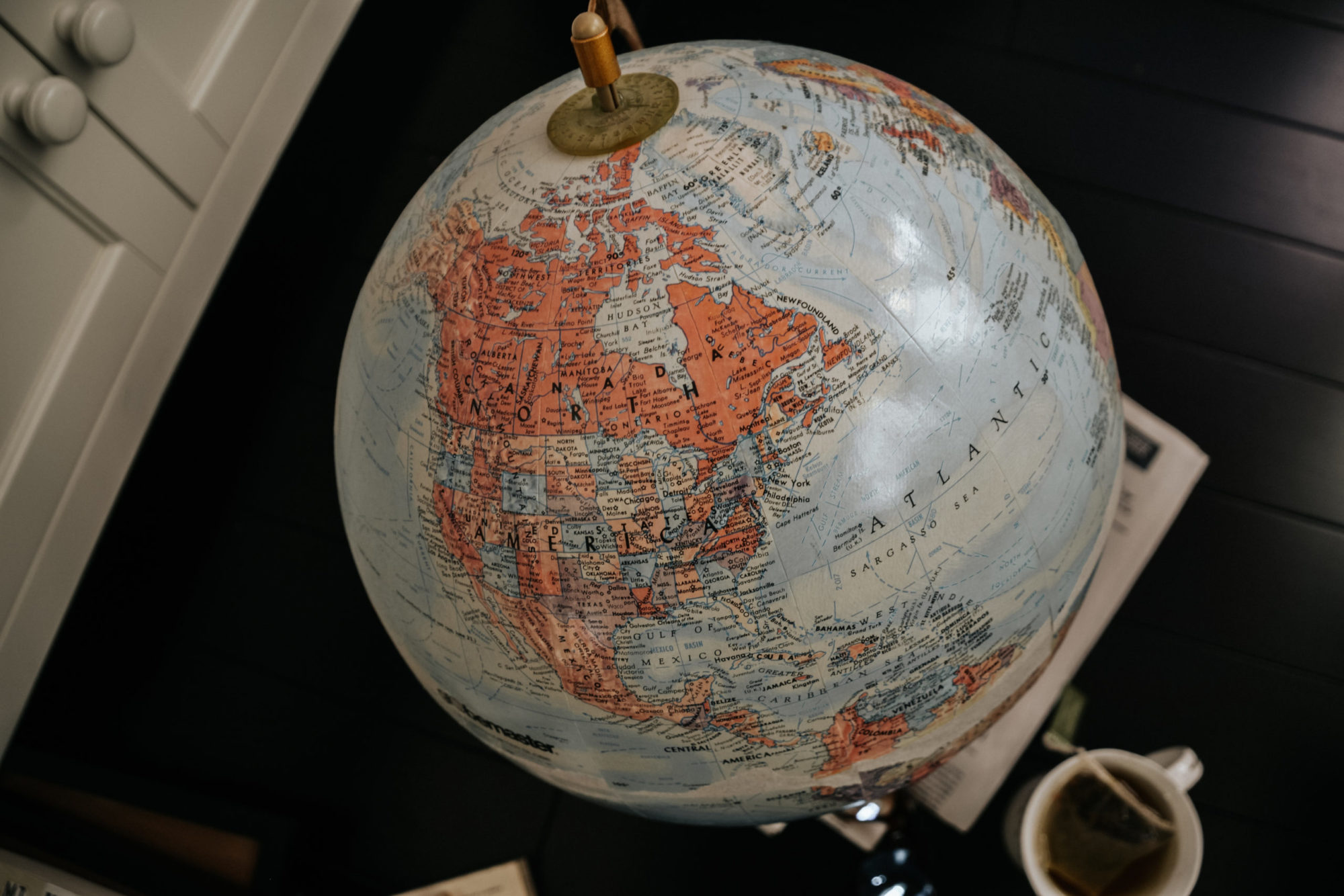South Sudan is the youngest country in the world and has already had a civil war that has displaced over four million people. This means that two-fifths of South Sudan’s population has been displaced in the seven years that it has been an independent state.
What Exactly Caused the Displacement?
In 2013, South Sudan’s civil war was caused by a political struggle and conflict between the Dinka and Nuer ethnic groups. The opposing figureheads are President Salva Kiir, backed by the Dinka group, and former Vice President (now opposition leader) Riek Machar, supported by the Nuer group. After President Kiir removed Machar from office over a political dispute, Machar was accused of attempting a coup which led to violence erupting. Nearly 400,000 people have died since 2013 due to the conflict.
In 2018, the Khartoum Declaration of Agreement (a ceasefire agreement) was signed by both leaders. It was followed by the Revitalized Agreement on the Resolution of the Conflict in South Sudan, signed by Machar and other rebel factions. While the civil war technically ended in 2018, there have been continuous attacks, violations of the agreement, and soldiers rejoining training sites, according to the UN.
The violence of the civil war prevented famers from planting and harvesting crops which caused food shortages. In 2014, the United Nations declared the food crisis the “worst in the world.” With over four million at risk for food insecurity and food shortages, the refugee crisis continues to have serious repercussions.
The Refugee Crisis in South Sudan
- According to the UNHCR, there are still 2.2 million refugees and asylum seekers from South Sudan
- 83 percent of refugees from South Sudan are women and children
- Most of the 2.2 million refugees are in Sudan, Uganda, and Ethiopia
- 63 percent of refugees are under the age of 18
- Only about six thousand refugees have returned back to South Sudan
- There are two million internal refugees in South Sudan
- Both types of refugees are often malnourished due to food insecurity in South Sudan
- Education, health, and food and underfunded, which heavily impacts women and children
Ashley Teague, a University of North Carolina-Chapel Hill student working with a group on South Sudan’s constitution, is knowledgeable on the state of South Sudan right now and the Coronavirus. She said that “all of the issues South Sudan has had with the government, food shortages, and violence have been exasperated by COVID-19. This makes it even more dangerous for those displaced within the country and the amount of aid workers.”
Due to strict borders during the ongoing pandemic, it has been more difficult for aid workers and nonprofit organizations to work in refugee camps due to health safety. It is a dangerous place for aid workers to travel to and even more dangerous for those impacted by both crises, especially due to close quarters and food insecurity.
How the International Community Has Helped
- The United Nations High Commissioner for Refugees (UNHCR) received 38 percent of a request for $1.4 billion (USD) to support refugees in 2018
- Arnauld Akodjenou (Regional Refugee Coordinator on the South Sudan Situation) urged the donor community in 2018 to increase funding for protection and education among young adults and children
- UNHCR is appealing for $1.3 billion (USD) to address humanitarian needs for 2019 and 2020
- The IRC has also provided assistance to those who have been displaced and have a strategy action plan for 2020
- CARE has helped provide emergency food assistance and access to primary healthcare among other support
The UNHCR has been the most active in the past several years, intervening in the civil war and the ongoing struggle with refugees and those displaced in the country. While there is a peace agreement in the country, increasing hostility and the threat of COVID-19 require more support from the UNHCR and international community. A country cannot bounce back from a civil war, displacement crisis, a famine, and now a pandemic within two years. South Sudan’s short history has been clouded by a civil war; this shapes the culture, thoughts, and feelings around the peace agreement and the future.
What You Can Do Now
South Sudan’s displaced community still requires international help and donations. While volunteering as an aid worker is incredibly important, here are some things that you can do from home. The majority of individual aid that you can be involved in focuses on donations to provide food relief, education, and healthcare.
- Donate to CARE to support education, hunger, and women in South Sudan and other countries
- Donate to World Vision to aid children who are affected by food insecurity and conflict in South Sudan
- Read more about what is going on in South Sudan here
- Donate to the IRC to help provide hunger relief
- Donate to UNHCR to provide relief in South Sudan
- Donate face masks to the UNHCR for refugee areas
Ashley Teague is currently working on a project to help improve education in South Sudan as well, which should become available for public support later in 2020 and into 2021.
- Four Ventilators: What COVID-19 in South Sudan Reveals About Healthcare in the Developing World - December 22, 2020
- Shifting Crowd Control Tactics in Modern Policing - December 1, 2020
- How a Loaf of Bread Led To My Understanding of the Prison System - November 12, 2020
